2022 | Panorama
Icons of Motherhood
“Caution! High voltage”, promises the Panorama of the 72nd Berlinale. In this interview, section head Michael Stütz discusses 2022’s extremely wide-ranging programme, which presents great cinema, as well as the defining motif of the mother and the blurring of different eras in a legendary New York hotel.
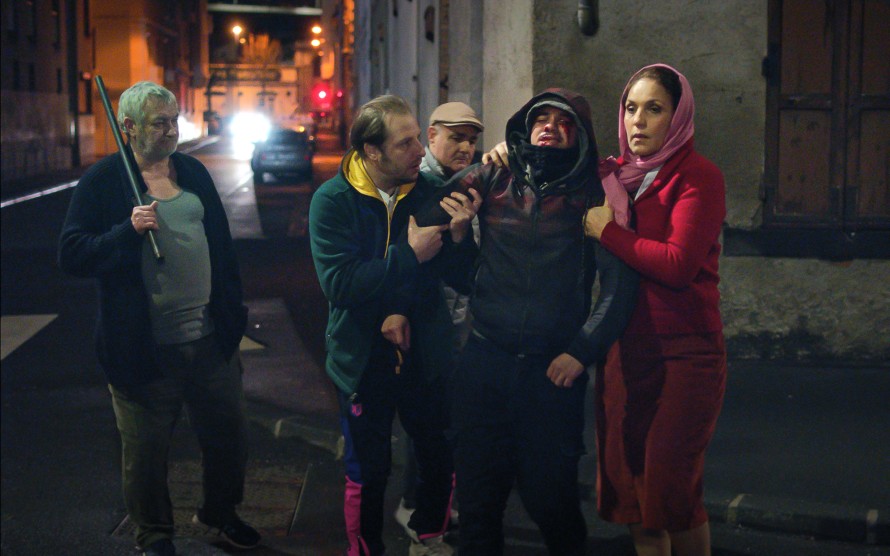
Viens je t’emmène (Nobody’s Hero)
How did the past year feel for you?
It was, in any case, an interesting year. Due to the Summer Special, the 2021 festival was extended by a few months. That demanded a lot of input and strength from the team, but it still worked out very well. I think it was the right decision to do this as a one-off. It provided an important emotional conclusion for us, as the people responsible for the festival, as well as for the filmmakers. Though it was also, of course, a big challenge because by June we were already working on the 2022 programme. I viewed the opening film for this year’s Panorama, Alain Guiraudie’s Viens je t’emmène (Nobody’s Hero) during the Summer Special. But even if we are still constantly having to adapt to new challenges, we can build very strongly on the experience of last year. And that’s extremely helpful.
Looking at your programme this year, it is striking that the word “pandemic” is not mentioned once. Did you consciously exclude it as a direct topic?
No. If a film had offered itself and fitted organically into the programme, it would have been very welcome. I haven’t even thought about the fact that we don’t have a “Covid film” in the selection. Perhaps it’s a kind of subconscious repression (laughs). But of course, we received submissions on the subject which we viewed and discussed with interest.
Can feelings of unease in and with the world, social fears, isolation, etc. – all topics that could be expected as a result of the pandemic – nevertheless be detected in the programme?
They were already visible, to a certain extent, last year. There are sensibilities and fears that are absolutely crying out to be articulated cinematically. This year, it is very much about breaking out, and about the interplay between the individual and society that need to be reconciled.
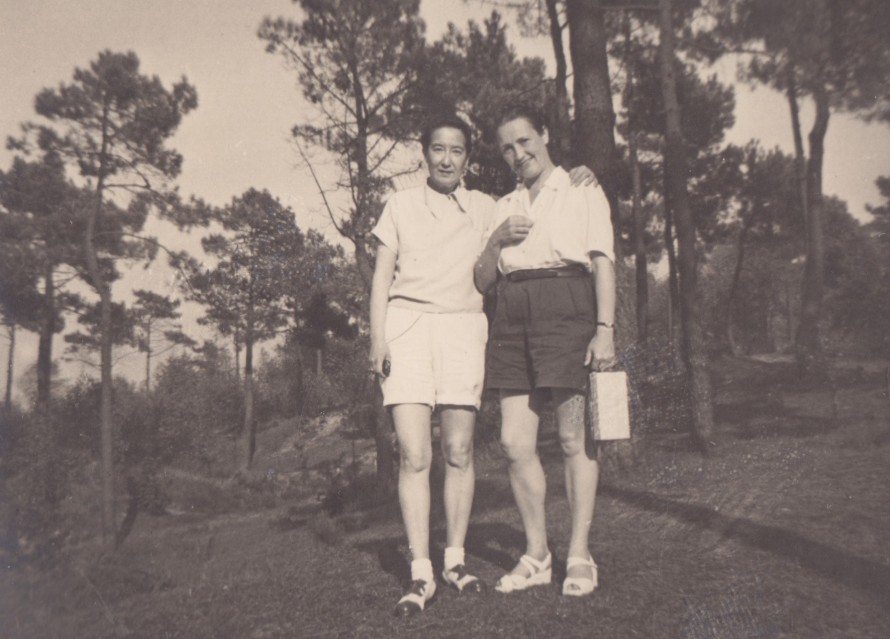
Nadine Hwang uand Nelly Mousset-Vos in Nelly & Nadine
The first press release said the films “herald [...] a conciliatory cinema”. What exactly did you mean by that?
The phrase was a conciliatory, but also an unsparing cinema. Because many of the films unequivocally refer to extremely brutal social conditions. At the same time, a conciliatory tone unites many of the works. They show a potential for healing, even if the path to get there is painful. For example Nelly & Nadine, a documentary by Magnus Gertten from Sweden. It tells the story of two women who met in the Ravensbrück concentration camp. Via the granddaughter who, decades later, discovered this story about her grandmother in the papers she left behind, the film reconstructs a path of suffering, but it is also a station on the way to learning to love one another. The film succeeds in making tangible the horror of the Holocaust and, at the same time, the immense willpower of these two women.
In-depth Insights
Seen from an overview, there is a feeling that this year’s programme has an extreme geographical spread and is bringing very different corners of the world to the screen. At the same time, the works deeply immerse themselves in the milieus they are showing. Would this be a false impression?
No. And that’s good to hear. It is indeed a very wide-ranging programme with many in-depth insights into social structures. To name just one example: the Kazakh film Baqyt (Happiness) by Askar Uzabayev is about domestic violence – which, of course, is not just a Kazakh but a global issue and unfortunately receives far too little attention.
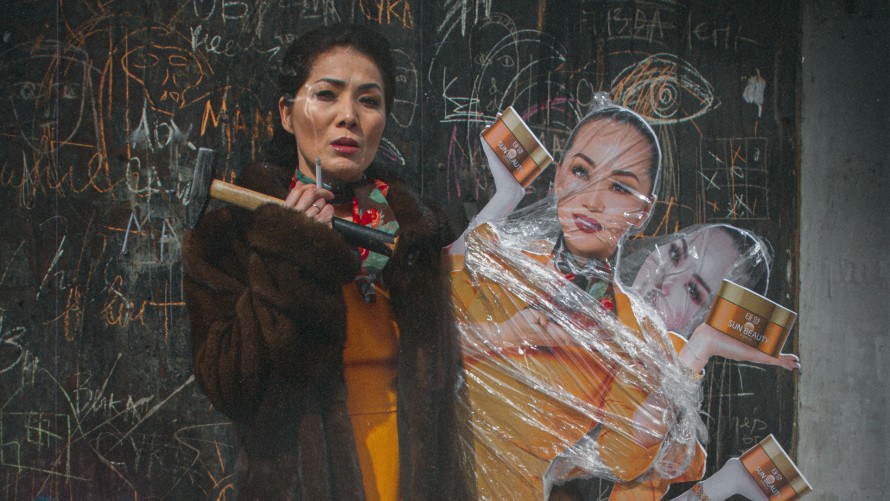
Laura Myrzakhmetova in Baqyt
Especially because domestic violence has become so topical during the pandemic ...
Yes. We constantly read and hear about brutal assaults within (ex-) partnerships. Baqyt takes this on with an overwhelming tenacity. The film tells the story with great calm and does not shy away from explicit depictions of violence. It dissects this family situation where the man is a very sociable guy on the outside, but brutally oppresses his wife at home. At the same time, the daughter is being married off to a man who is violent, too. She is pregnant by him and desperately unhappy, but is forced into the marriage. The densely woven – partly internalised – social network of misogyny becomes clear in this family. And with a dramatic power that is harrowing.
It is also the story of a breaking-out. The film begins at the point where the woman is asking herself: How do I get out of this? How can I save myself? Baqyt is based on the story of the producer who is a well-known person in Kazakhstan and who uses the film to try and create social awareness about the topic.
Produkty 24 (Convenience Store) from Russia is likewise based on a true case that was uncovered in 2016 and is still a thorn in the side of the judiciary. It depicts the cruelty of modern slavery where female Uzbek workers are held and abused in a 24/7 shop. The police turn a blind eye, as does everyone else: they are all part of a system that simply allows this to happen. The work was created under very adverse circumstances but it is a passion project for the director Michael Borodin who comes from Uzbekistan and who has personal knowledge of many of these stories. It is a film with a great creative drive and strong aesthetics – especially in the filming of the locations. The lighting and narrative structure create a powerful over-the-top, surreal effect. This applies to many of the films in 2022: they exhibit a great pleasure in dramatic gestures, in scenic details, in performances and the formal aspects of filmmaking. It is a vintage year that, simply put, offers great cinema.
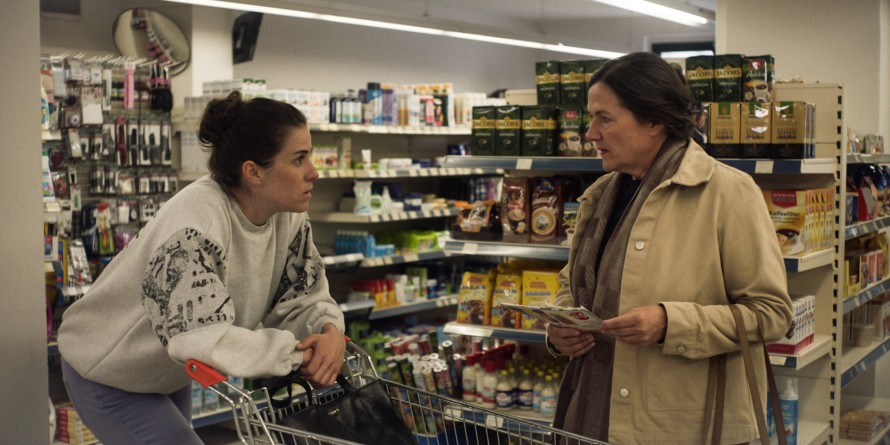
Anne Schäfer and Anne-Kathrin Gummich in Alle reden übers Wetter (Talking About the Weather)
Mother Figures
It is also a year dominated by the topic of “family”. What is particularly striking is the glut of mother figures that populate the films. The main character in Alle reden übers Wetter (Talking About the Weather) has two – a doctoral supervisor and a biological mother. The Apartment with Two Women also focuses on a mother-daughter relationship. What defines these relationships?
There are indeed a great many, very different mother figures who drive the plots forward in highly contrasting ways. Clara, the main character in Annika Pinske’s Alle reden übers Wetter, comes from Mecklenburg-Vorpommern but is now doing her doctorate in Berlin. She has broken out of her class and her family’s educational level. For her mother’s birthday, she returns home with her own daughter, who lives with her father. When she gets home, she has to come to terms with how far she has moved on from her family and her origins. The film has some amazingly strong dialogue and those very subtle moments when people discover they no longer speak the same language – hence the film’s title. It expresses this need for small-talk, while Clara longs to discuss deeper things and to be understood as a human being. The need to get closer again exists on both sides.
This is not always the case elsewhere. Kim Se-in’s The Apartment with Two Women shows an extremely bitter mother-daughter relationship. The daughter is in her late 20s but still lives at home, which is not unusual for South Korea. The film is about the very painful process of cutting the cord. The mother becomes violent towards her daughter and the daughter tries to break out of this maternal prison. The film provides a deep insight into the microcosm of a world of two, staged in a highly claustrophobic manner in a cramped apartment with little light. The mother’s suffering is a societal issue: it is a suffering that she herself endured and that she is now projecting and transferring onto her daughter. The underlying social processes are rendered visible in these two characters.
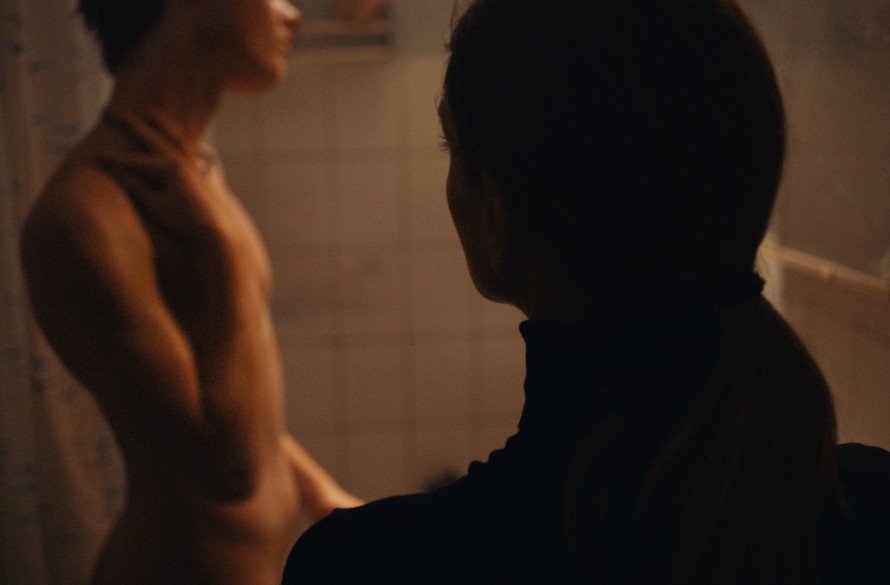
Emil von Schönfels and Sarah Nevada Grether in Grand Jeté
The depiction of unusual mother figures reaches a climax in Grand Jeté ...
In my opinion, this is the most radical German work in the entire festival programme, uncompromising and unwavering in its story and how it tells it. The film is about Nadja, who left her home and her social milieu to become a ballerina. Now she is in her mid-to-late 30s and teaches dance classes. Her body is battered: you can see injuries on her legs, swellings on her neck – it is another film with an unsparing gaze, without much explanation or psychologising. Nadja also returns to her mother, somewhere on the edge of Germany, and for the first time in a long time stands face to face with her son. She had him at a very young age and left him with her mother. Now he is a young man. A fascination develops between these two characters, a physical attraction that is shown very explicitly. I was impressed by the formal eloquence and narrative consistency with which Isabelle Stever made this film about anti-normative family relationships. And the fact that she never for a moment apologises.
The numerous mother figures are linked with another striking motif for 2022: the many pregnancies and new-borns. Are these children “just” children or do they also become metaphors for possible futures within the films?
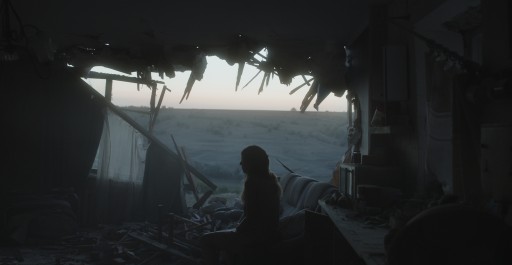
Oxana Cherkashina in Klondike
Klondike by Maryna Er Gorbach is the prime example of taking a symbolic approach to the subject of becoming a mother. The heavily pregnant Irka lives with her husband Tolik in the eastern Ukrainian conflict zone. One of the outer walls of the house where they live has been destroyed. This missing wall means that the inside and the outside, the private and the political are increasingly merging together. In the long shots, the fighting can often be seen in the background, i.e. outside, while other things are happening in the foreground, inside the house. The two levels of the picture interact. The birth then becomes a strong symbol for a new beginning and a certain resilience of the mother figure.
Rediscovering the Past
With Aşk, Mark ve Ölüm (Love, Deutschmarks and Death) by Cem Kaya and Bettina by Lutz Pehnert, you have two music documentaries in your programme. Beyond the music, can the history of Berlin also be rediscovered in these two works?
Yes, because both films work very intensively with archive material and reveal alternative cultural histories in the divided Germany and the divided Berlin. The meticulously researched material, wonderfully woven into the narratives, connects the two works and takes us to new places. In Bettina, there is an incredibly gripping sequence in which the musician is imprisoned in the former GDR because she demonstrated against the violent end of the Prague Spring. The audiotapes of the interrogation can be heard in the film and they give us a very special insight into that time and the personality of Bettina Wegner. She is a politically interested person who believes in the GDR but who still criticises certain things there. She is ultimately expelled to the West, which is a testing internal conflict for her, because East Berlin is her home.
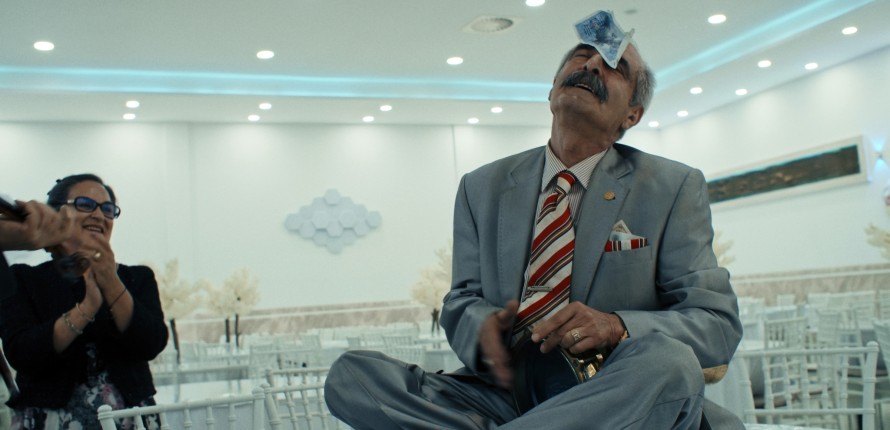
Rüştü Elmas in Aşk, Mark ve Ölüm
Aşk, Mark ve Ölüm opens up a world that has remained undiscovered for many until now. The German-Turkish worker-recruitment agreement of 1961 and the migration movement of the “guest workers” also brought a lot of (musical) culture into Germany. The film writes a chronological history from the 1960s to the German rap of the noughties, telling of the labour movement as well as the longing, loneliness and melancholy. And in doing so, it rediscovers subcultural locations like the Berlin U-Bahn station of Bülowstraße, which for years served as a bazaar during the day and a concert hall in the evenings. It provides an insight into this music scene and at the same time delivers a portrait of German-Turkish history.
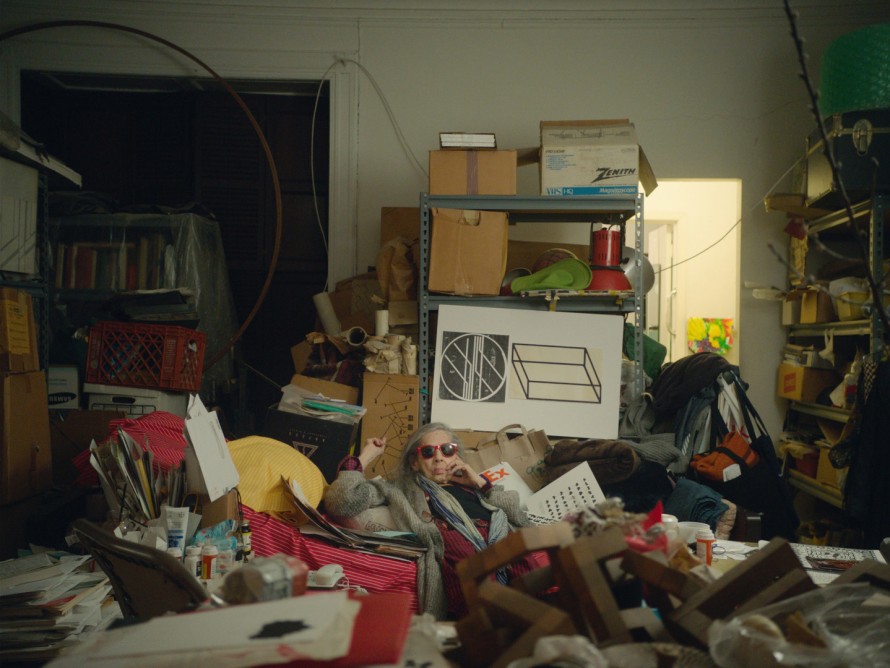
Bettina Grossman in Dreaming Walls
Dreaming Walls by Amélie van Elmbt and Maya Duverdier also discovers a special place. To what extent is the past in this film still present?
Dreaming Walls features the legendary Chelsea Hotel but it is not primarily about the ghosts of the stars who lived there. They are there, but not the focus – that is on the people who still live there. A group of resisters who refused to be bought out when the building was to be renovated into a luxury hotel. The past becomes present in their memories – of the people, of the spirit that these rooms still contain. These protagonists are incredibly charming and creative people for whom the directors prove to have a great sensitivity. The film develops a tremendous kaleidoscopic quality that turns the hotel into something like a labyrinth. The archive footage from the 1960s, 70s and 80s is often barely distinguishable from the present-day material and this creates a sense of whirling through the ages. The past of these rooms becomes tangible, even if the building is undergoing a complete redevelopment and its structure is being changed.